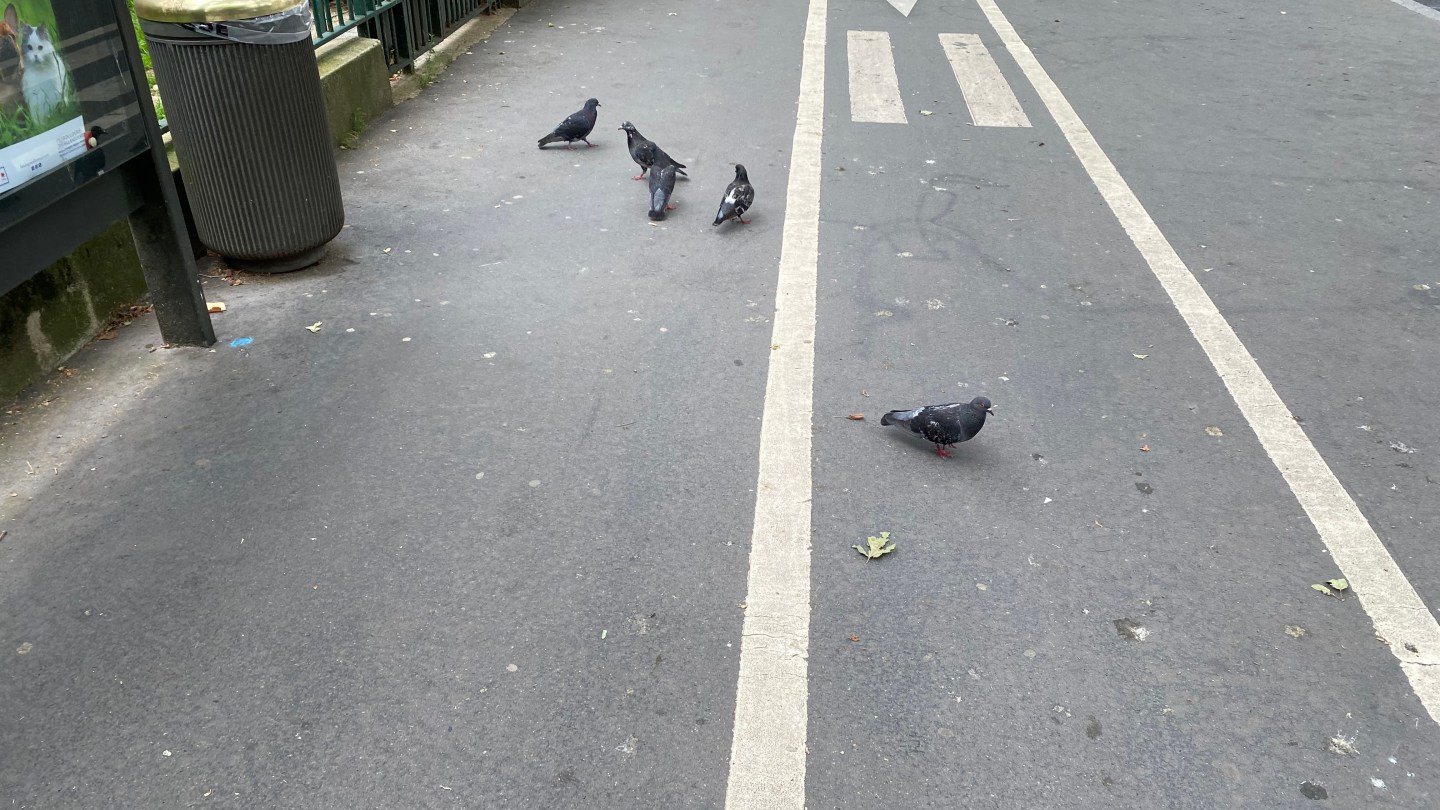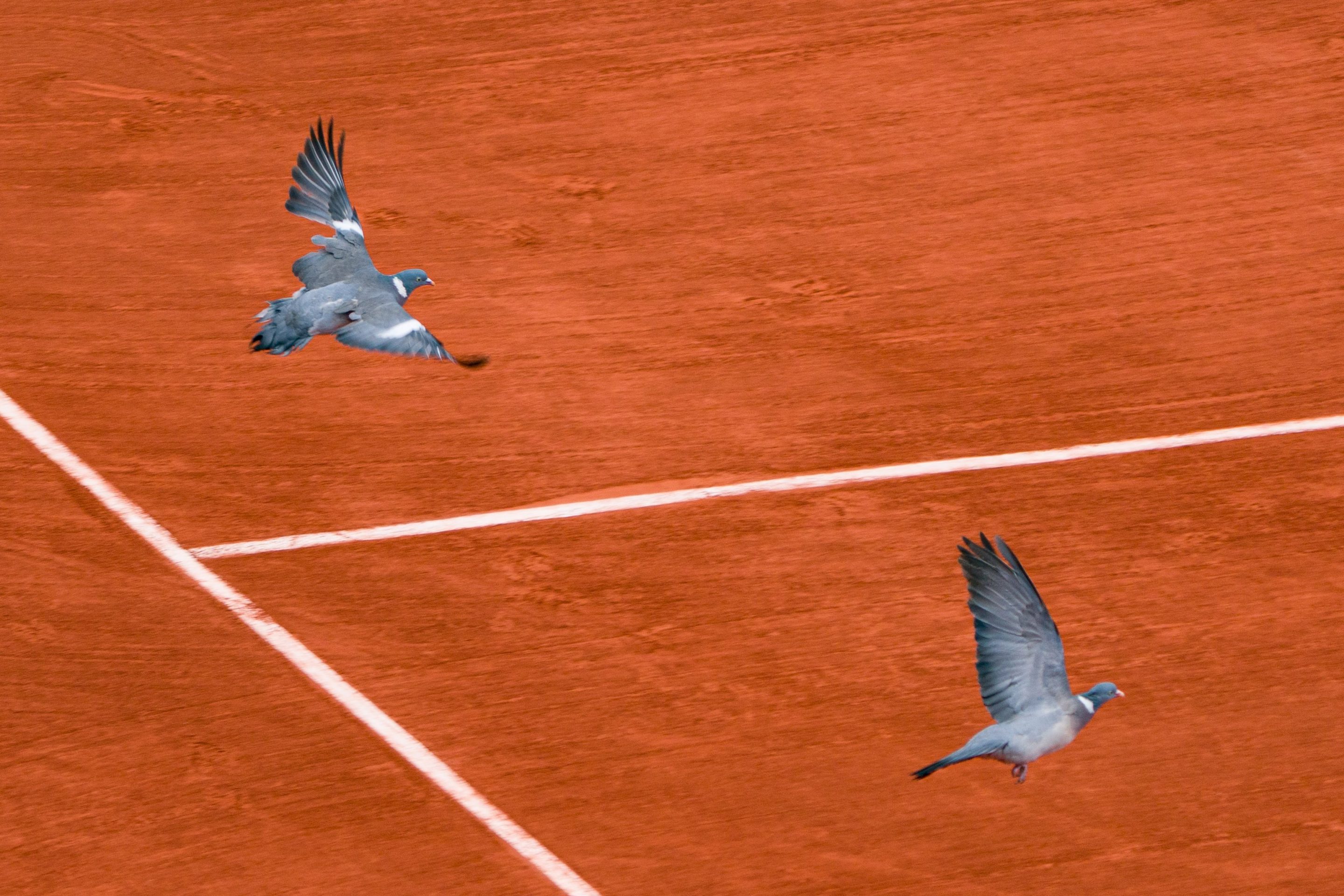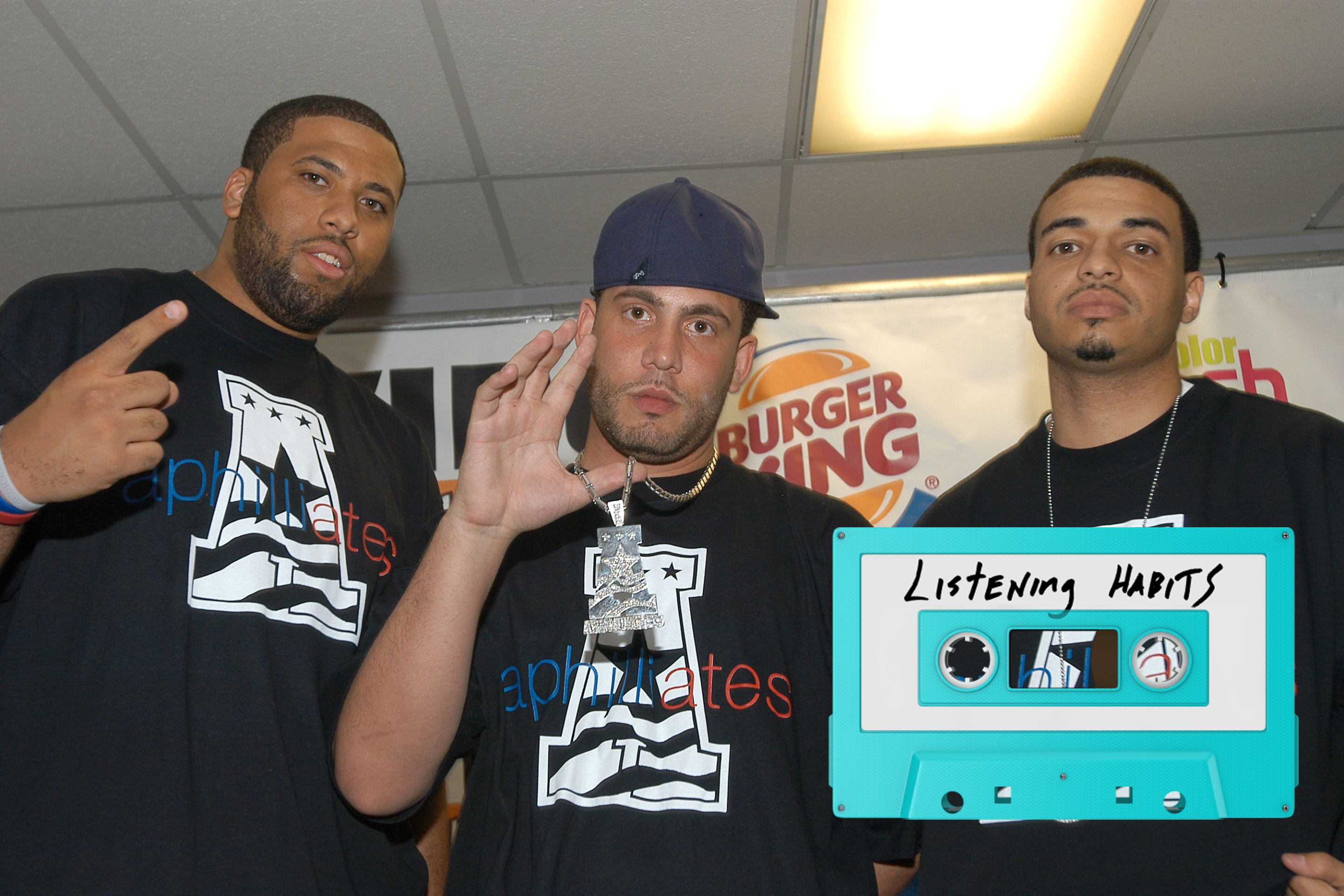PARIS — The pigeons at Roland-Garros are menaces. I have no problem with the birds as a species. I enjoyed chasing them as a kid (I’ve since switched to seagulls) and continue to appreciate the colorful sheen on the side of their heads and necks. But for whatever reason, the pigeons on Court Suzanne-Lenglen, the second-biggest stadium at the venue, are territorial beasts. They fly close to the crowd, not only skimming feet away from us but also hovering nearby for seconds at a time with their wings beating furiously, like mini helicopters sent from hell. (There is some of this on the show court, Philippe-Chatrier, just less.) My heart lurched in my chest constantly from pigeons dive-bombing us from above; I wouldn’t see them until they got disturbingly close. Equally terrified of getting clawed and shat on, I made a heroic effort to continue watching the exquisite athletic feats on the stunning clay court below me.
Coincidentally, on Tennis Twitter, when Player A owns Player B consistently, fans often say that Player B is Player A’s “pigeon.” The Roland-Garros pigeons would probably intimidate Player A into moving to a different country and buying a new bird.
Though I’ve been here once before, this tournament has been disorienting for me so far. The only thing more plentiful than the fans filling every square inch of free space is cigarette smoke, which has clogged all the orifices in my face. It is thoroughly unclear which side of the sidewalk people are supposed to walk on (I’ve tried both and neither is better than the other), so every expedition through the main walkway is like dodging incoming projectiles as you crawl through a ballpit. When I go to sit down for a match, the mass of people in the approximate area around my assigned seat usually compels me to abandon the number on my ticket and sit in the nearest free chair.
Everything looks more labored in person, more tenuous. Those are real people down on the court and not reconstructions on a TV screen. It seems more feasible that they could miss a shot than when I watch from home. Sometimes I look at the rows of fans in the crowd—everyone seems to be wearing blue or grey—with my eyes unfocused. Various arms wave, lift water bottles, and gesture, and they all blend together into a massive tentacled monster.
Easier to comprehend than the inner workings of the venue is the tennis itself. It might be distorted by a nicotine veil, but the play is the same old sport I’ve always watched. The favorites have been mercilessly kicking ass so far. Iga Swiatek got Day 8 of the tournament started with a 6-0, 6-0 demolition of Anastasia Potapova, the 41st-best female tennis player in the world. Swiatek lost 10 points and won 48, the minimum required to win a two-set match. That means Swiatek not only did not lose a game, but that she never got taken to deuce in a single service or return game. She has become iconic for the sheer number of 6-0 and 6-1 scorelines she assembles, but even by her standards, this was a special kind of massacre. Forget pigeon. If they play in the future, Potapova will be Swiatek’s hamster.
Swiatek apparently inspired the rest of the monsters in the field. Carlos Alcaraz beat his pigeon Stefanos Tsitsipas for the sixth time in six tries despite being four years younger; in his post-match press conference, Tsitsipas admitted the result felt out of his hands. “The kid is just too good,” he said. “I’ve maximized everything. I just need to figure this out. It’s a difficult journey. It’s not a pleasant one, for sure.” The 32-year-old Grigor Dimitrov, who has enjoyed a brilliant run of recent form and was playing in his first-ever Roland-Garros quarterfinal, was spanked in straight sets by Jannik Sinner. Aryna Sabalenka rolled over Emma Navarro. Elena Rybakina swept past Elina Svitolina and did so without ever playing particularly well; at one point she had 11 forehand unforced errors to Svitolina’s zero and still never trailed in the match.

Honed by a lifetime of physical and mental training, the losers keep trying, celebrating the small victories with cries of “Come on!” Occasionally, though, the wall comes down.
Clara Tauson’s temperament in her fourth-round loss to Ons Jabeur may have been the best example of this. She played catch-up for the entire match, never having a moment of success that didn’t feel labored. After nearly every point, Tauson’s frame sagged and she gave something or someone—the umpire, a line, her box, Jabeur—a look. She may not have had a sufficiently explosive temper to throw a tantrum, but damn it, she wanted people to know that she was not happy. When Tauson did lash out by smacking the clay with her racket or berating herself, it was usually after a huge Jabeur serve—something, in theory, that Tauson had no control over. (That said, after an errant backhand late in the second set, Tauson released a delightfully high-pitched squeal that could have belonged to a dying animal.) Multiple times in the match, Tauson threw an arm skyward as if to challenge a ball that was called in through an electronic line-calling system, as a player can do at most tournaments. That system is not used at Roland-Garros.
I’ve spent much of my tennis-following career looking for ways to relate to players, and shockingly, these obsessive, hyper-athletic “human beings” have proven difficult for me to understand. Tauson, a 21-year-old mad at the world, made more sense to me than anything else I’ve seen this tournament. Jabeur is one of the most thrilling watches in tennis, with her stunning variety of spins and eye for angles that no one else sees—but I found myself watching Tauson more often as the match wore on. She might be a prodigiously talented tennis player, but she was also just frustrated as hell. I have unlimited time for that.
The atmosphere here has been tense, and not just because of the pigeons. Playing professional tennis is often a miserable exercise. Watching Hubert Hurkacz fall to Grigor Dimitrov, even before Hubi’s freak-out at chair umpire Alison Hughes, was legitimately difficult for me. From the first set, Hurkacz was on edge. He muttered gloomily at his box and looked at them with mystified expressions after he missed shots. He dropped or threw his racket 8,459,614 times. By all indication, he’s a lovely, gentle guy off the court, and here he just seemed deeply stressed in a way that made me not want to watch him suffer. This game turns players into little angst whoopee cushions at seemingly innocent moments in a match—they know every point matters, they’re furious at themselves for each one they lose, and if they can bargain or whine their way into getting another one, they will.
they throw more tantrums than people in sports where another person is trying to punch them in the face. why the short tempers
— Shaun (shaunvids on bsky) (@shaun_vids) June 2, 2024
It’s not a mystery why the doomed players keep at tennis—they’re better at the game than they will ever be at any other discipline. But it can’t be fun to continuously lose to the same gatekeepers with little variation. Do players admit to themselves that the dream of being No. 1 is dead, and what they're really playing for is the chance to capitalize on the rare draw that really falls apart? Are they in denial about that? Is being a pigeon not actually as bad as I’m making it sound? Maybe the times they play their own pigeons eases the pain. Tsitsipas got to stomp on four opponents before losing to Alcaraz; perhaps that’s above the threshold of what makes this all worth it.
As I finish writing this piece, low-profile 12th seed Jasmine Paolini has just upset Rybakina. She played airtight tennis for the first hour, then survived a comeback to close out a tight three-set win, with some help from a late Rybakina implosion. I’m shocked, more so at Paolini riding out the storm in crunch time than the overall result. It is a nice reminder that not every underdog is a pigeon, even if it doesn’t always feel that way.
But I still flinch when pigeons fly near me now, my heart doing those infuriating involuntary jumps that feel like a year from my lifespan is shaved off with each iteration. And this after all of 72 hours of exposure to the aggression. On the walk back from my first day at the tournament, I would have been happy to never lay eyes on a bird again. I saw one more near the end of the walk. It was laid out on the street with its skin cracked open and its guts leaking across the pavement, and I felt a new kind of pain in my chest.






